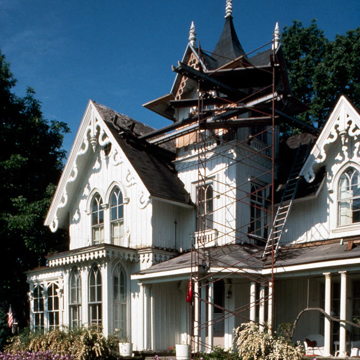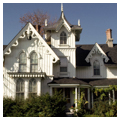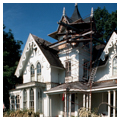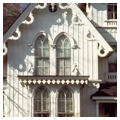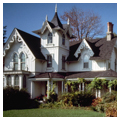The Lewis house is one of Michigan's finest examples of the rural Gothic Revival villa conforming to the tenets of Andrew J. Downing. In his Architecture of Country Houses (1850), Downing stated that the villa was “the most refined home of America—the home of its most leisurely and educated class of citizens.” The towered and gabled asymmetrical Lewis house has pointed-arched windows, striking undulating decorative vergeboards, board-and-batten siding, and ornamental brick chimneys, together with a generous veranda. The building embodies the taste and picturesqueness of Downing-inspired homes. It fulfills Downing's definition of the villa as “a private house, where beauty, taste, and moral culture are at home.” Prominent in Detroit commerce and banking, Lewis fit Downing's concept of “a person of competence or wealth sufficient to build and maintain it with some taste and elegance.”
You are here
Samuel Lewis House
If SAH Archipedia has been useful to you, please consider supporting it.
SAH Archipedia tells the story of the United States through its buildings, landscapes, and cities. This freely available resource empowers the public with authoritative knowledge that deepens their understanding and appreciation of the built environment. But the Society of Architectural Historians, which created SAH Archipedia with University of Virginia Press, needs your support to maintain the high-caliber research, writing, photography, cartography, editing, design, and programming that make SAH Archipedia a trusted online resource available to all who value the history of place, heritage tourism, and learning.
















